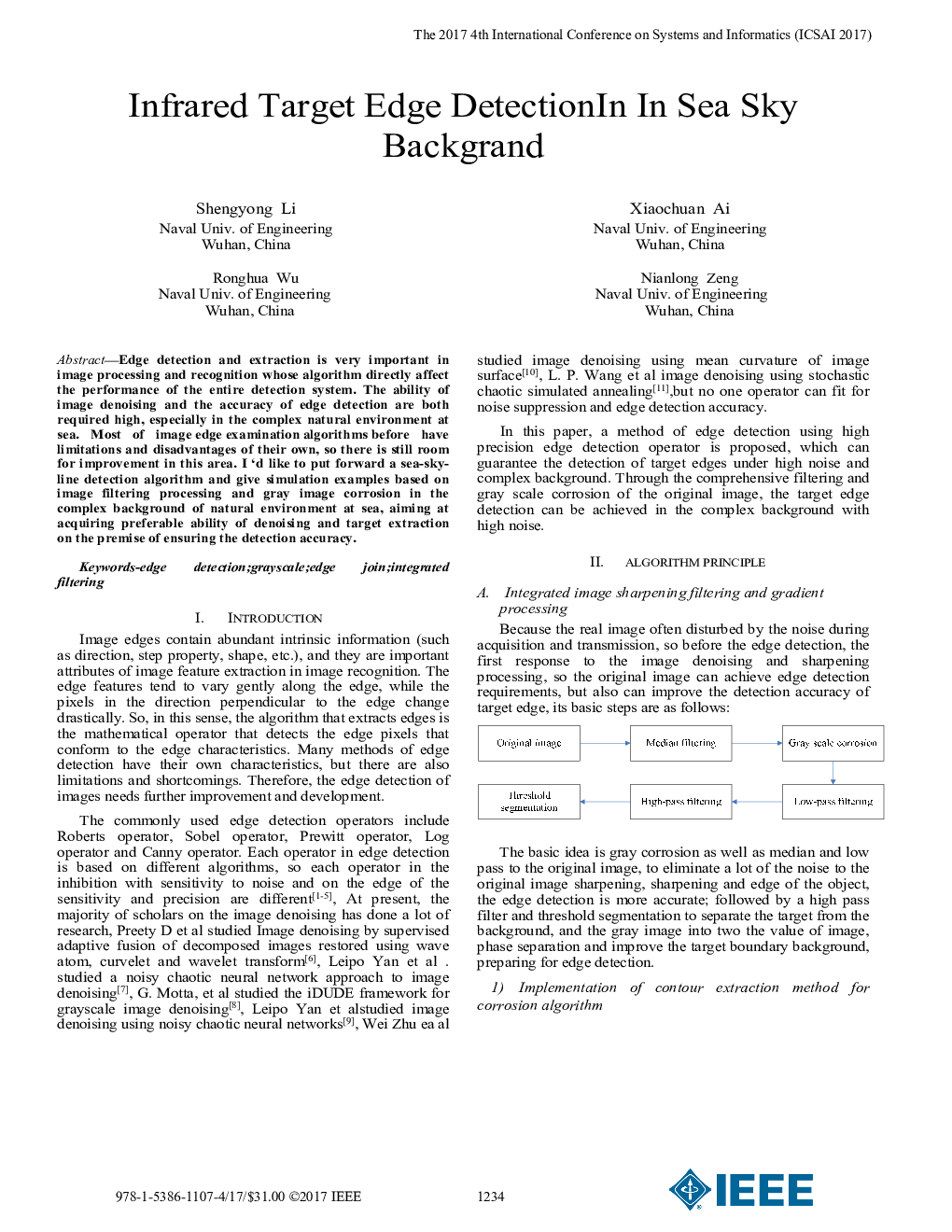| Article ID | Journal | Published Year | Pages | File Type |
|---|---|---|---|---|
| 5455046 | Materials Characterization | 2017 | 5 Pages |
Abstract
The effect of morphology of the long-period stacking ordered (LPSO) phase on mechanical properties of the Mg-7Gd-3Y-1Nd-1Zn-0.5Zr (wt.%) alloy have been studied. The results reveal that the block-like 14H-LPSO phases in and near grain boundaries can be formed during heat treatment at high temperature, but low temperatures is conducive to form the needle-like 14H-LPSO phases within α-Mg grains. During heat treatment at fixed temperature for different time, the preferential nucleation sites of the 14H-LPSO phases are located in grain boundaries, then the14H-LPSO phases grow into the α-Mg matrix in the form of needle-like, the needle-like 14H-LPSO phases gradually decrease its length after growing a certain stage, at last the needle-like 14H-LPSO phases disappear completely. The decomposition of the block-like 14H-LPSO phases is found during furnace cooling after homogenization. After decomposition of the block-like 14H-LPSO phases, the rapid diffusion of Zn atoms into α-Mg matrix leads to form the needle-like 14H-LPSO phases within α-Mg matrix, but the retention of RE atoms in grain boundaries results in forming the Mg-RE particles. After extrusion and subsequent ageing, it is found that the alloy with the needle-like 14H-LPSO phases exhibit superior elongation than the alloy without the needle-like 14H-LPSO phase. The precipitates of peak-aged alloys are studied by TEM. The <112â0>α demonstrates that the stacking faults can be observed, the serious lattice distortion appears near the stacking fault. The [0001] zone axis shows that the βⲠand a new rod phase are found, and the enrichment of RE atoms are detected in the two phase by HADDF-STEM. It seems to be that the rod phase can be subdivided into a plurality of mutually parallel structure unit.
Keywords
Related Topics
Physical Sciences and Engineering
Materials Science
Materials Science (General)
Authors
M. Li, X. Wang, Q.Y. Feng, J. Wang, Z. Xu, P.H. Zhang,
